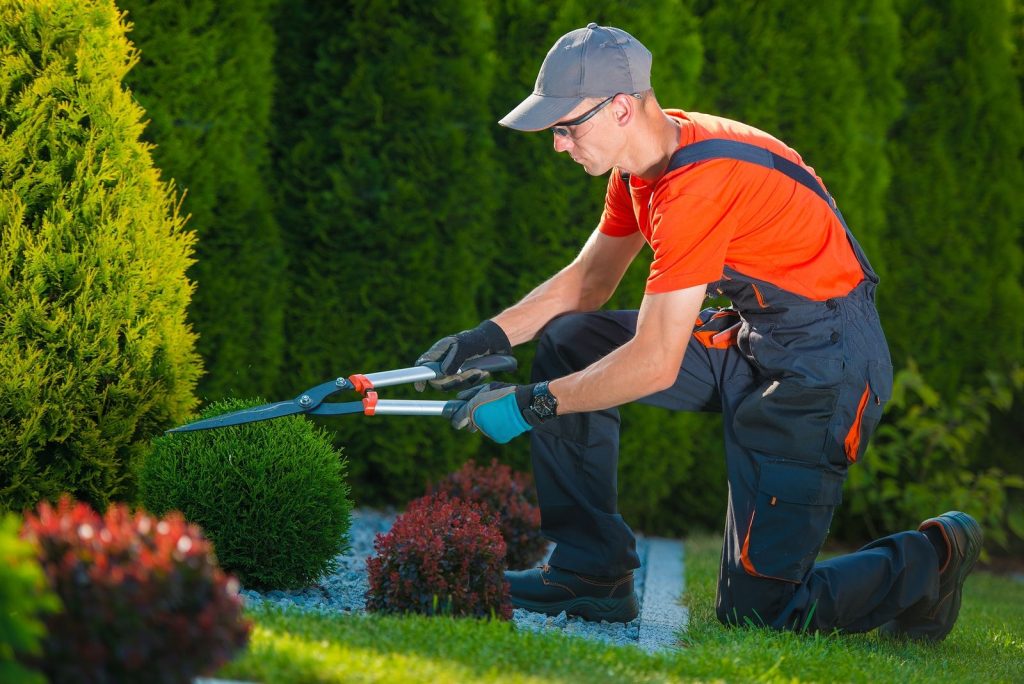
Why It’s Important for You to Get Regular Plant and Garden Maintenance?
A well-maintained garden can significantly increase the value of your home. In fact, a recent study published in Post Office Money found that gardens boost the resale value of homes by 77%!
But did you know that gardens need regular maintenance to maintain their appeal? Here are some key ways to keep your garden looking its best.
Defined Edges
Regular garden and property maintenance is key to preserving the health of your gardens and land. It also protects the environment and helps preserve wildlife.
Defining edges in your gardens is an important task because it creates a sharp line that keeps the garden looking neat and tidy. There are many different types of landscape edging that you can use to achieve this.
For example, you can line the edge of a flowerbed with stone or brick, which are both durable and easy to work within. Or, you can build an edge using a Gabion wall, which can be filled with a variety of materials including seashells, cut logs and terracotta bricks.
Another popular option is to use natural rock to define an edge. These rocks are available in a wide range of sizes, shapes and colors and look especially appealing when creeping flowers tumble over them.
Defined Borders
Defining garden borders is essential to ensure that your landscape design looks neat and tidy. It also provides a sense of order to both formal and informal garden designs.
To start, you need to decide what shape and depth of border will suit your space best. Straight borders are usually more formal in appearance, while curved borders tend to soften the appearance of your garden.
Consider the amount of sun that your site gets, whether it is usually damp or dry, and how exposed it is to the elements. This will affect what types of plants you can plant there and what your soil needs to be able to support them.
When planning a mixed garden border, make sure to select plants that will thrive in its climate and zone. Choose a variety of flowering shrubs, perennials, and ephemerals that will bloom in different seasons and add color and interest to the garden throughout the year.
Defined Paths
Paths turn a garden into a full-fledged space that allows for gardening chores, access to plants, and a place for visual stimulation. They also help define distinct areas within the garden, such as cutting, formal, or butterfly gardens, and act as a central axis that draws the eye through the entire garden.
While paths are typically created from paving materials, they can also be formed from natural stones such as cobblestones or bricks. In low-lying areas with heavy rains, a mix of stone and gravel can facilitate drainage while also preventing soil from washing onto the path. In addition, a permeable membrane beneath the stone or gravel can prevent it from migrating into the soil. For areas that experience frost heaving and ice, the ratio of stone to gravel should be no more than 1:20 for safe, surefooted mobility in winter.
Defined Seating Areas
If you’re planning a garden that will be used by guests or visitors, it’s important to plan and lay out seating areas that can accommodate everyone at once. A good place to start is by dividing up the room into sections, making sure there’s enough space for people to move from one section to the next without bumping into each other or stepping on each other’s feet.
The best seating areas are also the ones that work with the rest of the garden to help define it and serve as an alluring focal point for visitors. Consider the use of mirrors, whimsy, or oversized furniture to create a visually appealing – and functional – seating area. This will make for a memorable space, and a more pleasant experience for you and your guests. Having regular garden and property maintenance schedules can make the process easier and more cost-effective for you. It will also increase your property’s value and improve your reputation with future tenants.